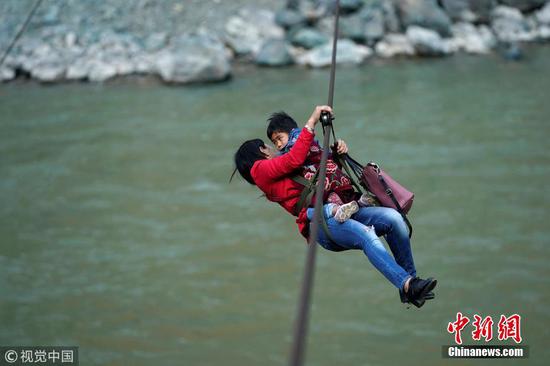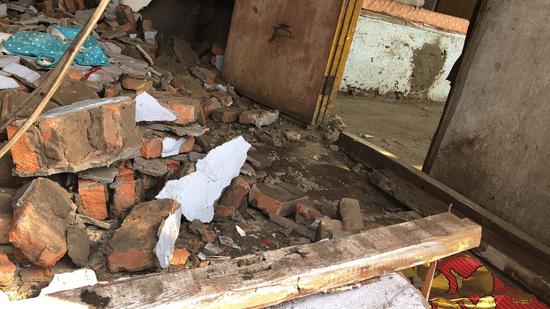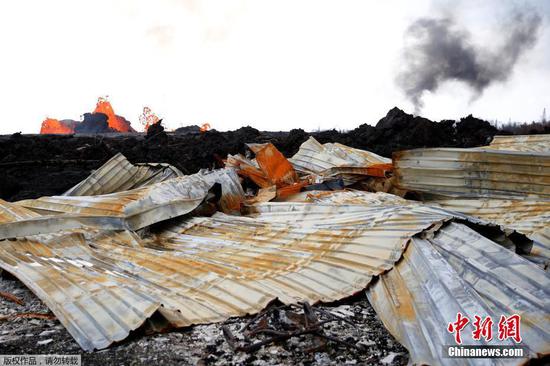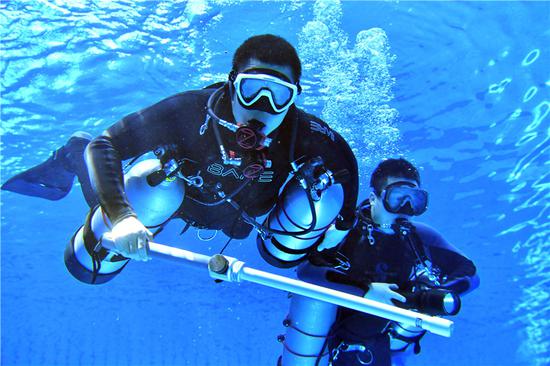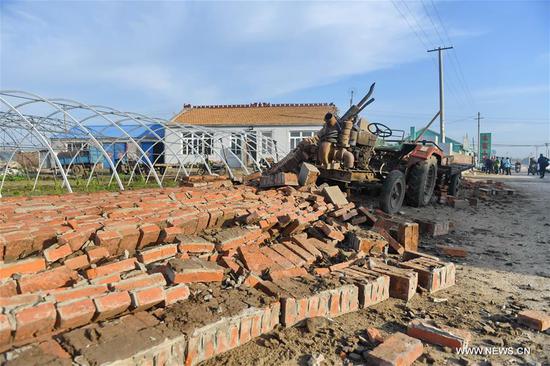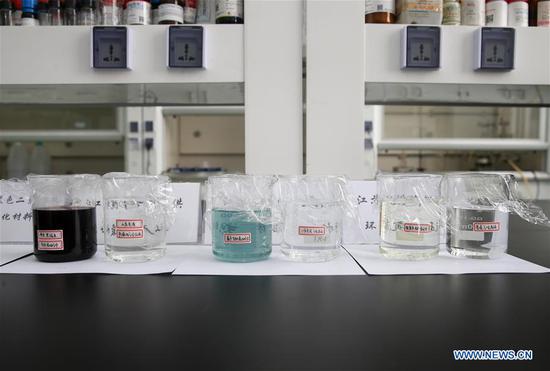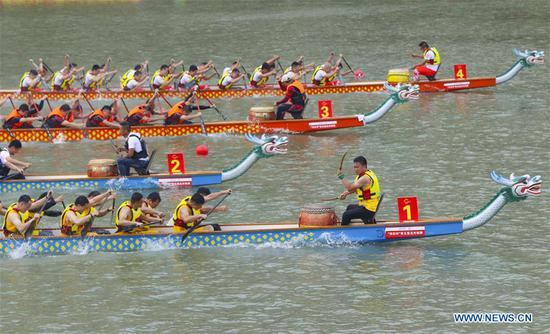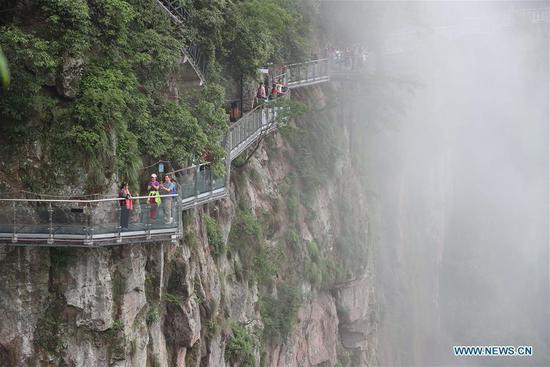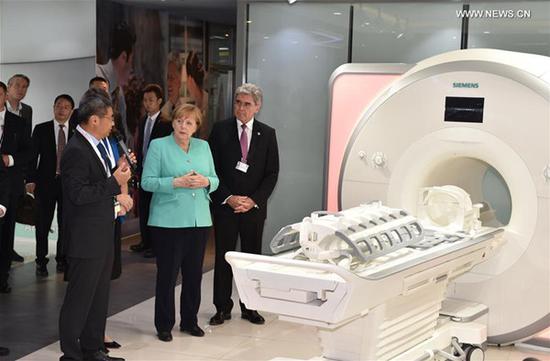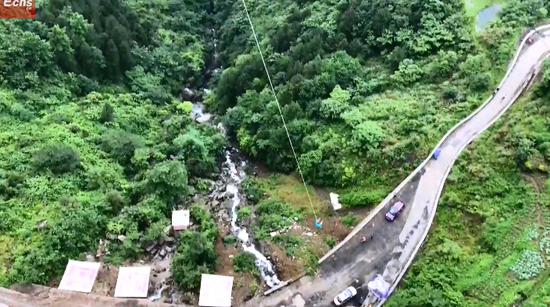Chinese civilization has long been hailed as one of the oldest in the world – up to 5,000 years old – and now researchers in the country have found more archaeological evidence to prove that.
Officials and experts on Monday unveiled the results of the state-led Comprehensive Investigation into the Origin and Early Development of Chinese Civilization Project, which aims to explore the origins of early Chinese civilization based on major archaeological excavations using modern technologies.
Based on the latest archaeological finds, the project's experts have arrived at the conclusion that early Chinese civilization started some 5,800 years ago in areas including the lower reaches of the Yellow River and the Yangtze River.
"Years of large-scale excavations in the ruins of Liangzhu in east China's Zhejiang Province, the Taosi site in north China's Shanxi Province, the Shimao site in northwest China's Shaanxi Province, and the Erlitou site in central China's Henan Province have provided proof," said Wang Wei, who works on the project.
The project, began in 2001, involves experts from some 70 scientific and archaeological institutions nationwide. The project was supported by national ministries and agencies including China's State Administration of Cultural Heritage (SACH), Ministry of Science and Technology (MOST) and the Chinese Academy of Social Sciences (CASS).
On the basis of scientific summary of field archaeology achievements scored in China over the past 90 years, the research team carried out multidisciplinary studies ranging over social division of labor, class differentiation, central cities and compulsory power so as to present prominent features that define the dawn of a civilized society in ancient China, said Guan Qiang, deputy director of SACH.
In the ruins of Liangzhu, archaeologists found an inner city with an area of nearly three million square meters and a larger outer city dating back around 5,000 years.
City ruins with areas between 2.8 million square meters and four million square meters were found in the Taosi site and Shimao site which date back some 4,000 years. In these ancient cities, social stratification are clearly visible in the relics of buildings and graves, experts said.
"These societies were most likely to have had the form of a state," Wang said. "So we believe that the region where these states were located had entered the phase of primary civilization."
According to the research team, signs of civilization emerged around 5,800 years ago in areas of the Yellow River, the middle and lower reaches of the Yangtze River, and the West Liao River in northeast China.
From 5,300 years ago, various regions of China began to embrace civilization. Around 3,800 years ago, a more matured civilization developed in the Central Plain area and began to exert cultural influence over surrounding areas, establishing itself as the core and leader of the overall process of Chinese civilization, the researchers concluded.
"The origin and early development of the Chinese civilization were not directly recorded in written form. Thankfully we can now describe this period of the history," said Zhao Hui, who also works on the project.
"As the origin and early development of the Chinese civilization is an indispensable part of the origin and early development of human civilization in the world, it is safe to say that our work also filled a blank in world history," he said.
(With input from Xinhua, Global Times)


















